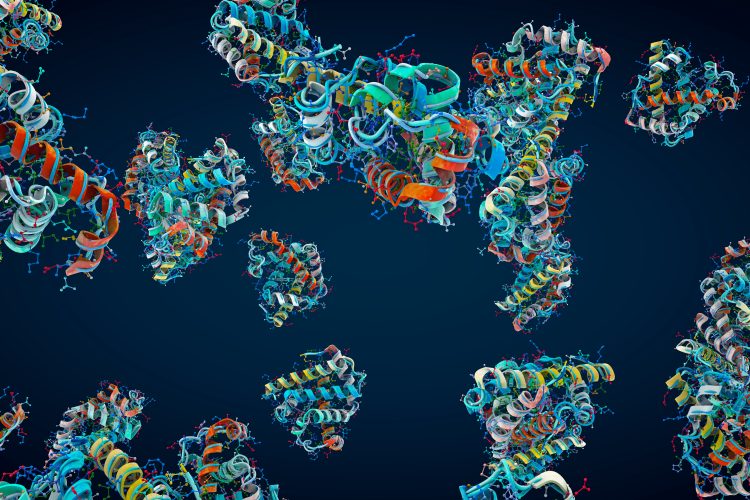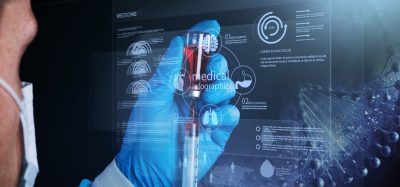Overcoming the limitations of existing AI models
Posted: 23 August 2024 | Drug Target Review | No comments yet
Researchers have developed a new AI tool which recognises that protein behaviour can vary by cell and by tissue type.


Led by scientists at Harvard Medical School (HMS), a tool named PINNACLE has been developed, which enables a greater understanding of the behaviour of proteins in a realistic context, defined as the tissues and cells in which these proteins act and with which they interact. This is a first for the field of AI, overcoming limitations of existing AI models, that analyse how proteins function in isolation, and could illuminate novel drug targets.
Marinka Zitnik, assistant professor of biomedical informatics in the Blavatnik Institute at HMS and senior author, explained: “The natural world is interconnected, and PINNACLE helps identify these linkages, which we can use to gain more detailed knowledge about proteins and safer, more effective medications…It overcomes the limitations of current, context-free models and suggests the future direction for enhancing analyses of protein interactions.”
It is difficult to decipher the interactions across proteins. Although current analytic tools provide key information on the structural properties of individual proteins, they are not designed to elucidate the contextual nuances of the overall protein environment.
One of PINNACLE’s crucial advantage’s is its ability to recognise that protein behaviour can vary by cell and by tissue type. The tool shows how the cells and tissues affect the same proteins differently. Ultimately, it enables the prediction of narrowly tailored drug targets for malfunctioning proteins, as well as the effects of various drugs in different cell types. The requirement to optimise the drug discovery process cannot be overemphasised, with it taking 10 to 15 years and costing up to one billion dollars.
To train the model, human cell data from a comprehensive multiorgan atlas was combined with multiple networks of protein–protein interactions, cell type-to-cell type interactions, and tissues. This meant that PINNACLE could generate panoramic graphic protein representations that encompass 156 cell types and 62 tissues and organs.
Compared to about 22,000 possible representations under existing single-protein models, around 395,000 multidimensional representations have been produced by PINNACLE to date. Each of its 156 cell types includes context-rich protein interaction networks of approximately 2,500 proteins.
Also to date, the assessed cell types have been derived from living human donors, covering most but not all, cell types of the human body. Furthermore, many cell types have not been identified yet, while others are rare or challenging to study, like neurons in the brain.
Moving forwards, Zitnik aims to make use of a data platform that includes tens of millions of cells sampled from the entire human body, to diversify PINNACLE.
PINNACLE is freely available to scientists everywhere.
This study was published in Nature Methods.
Related topics
Artificial Intelligence, Drug Discovery, Drug Discovery Processes, Drug Targets, Protein
Related organisations
Blavatnik Institute at Harvard Medical School, Harvard Medical School
Related people
Marinka Zitnik (Harvard Medical School)








